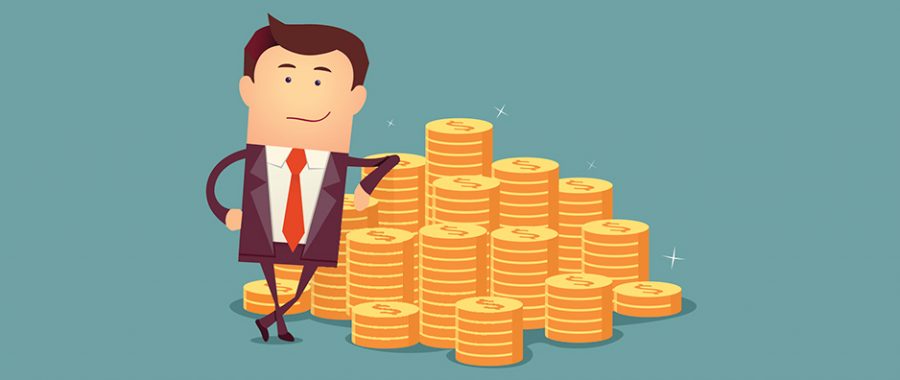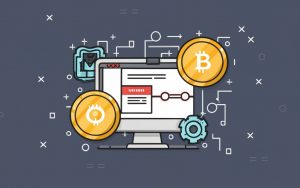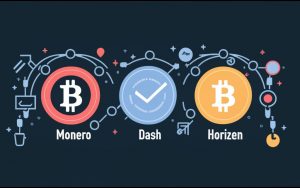All Americans—Not Just the Wealthy—Are Better Off Than Ever

The majority of Americans are living better today than they were in the past, thanks to advances in technology, medicine, and education. Incomes have risen and poverty rates have fallen steadily over the past few decades. Families are better able to afford housing, healthcare, and other necessities. And thanks to the internet, people have more access to information and opportunities than ever before.
There are a number of factors that have contributed to this overall improvement in quality of life for Americans. One is that businesses are now more productive than they were in the past, thanks to advances in technology. This means that workers are able to produce more goods and services in a given amount of time, leading to higher wages. another factor is that the government has implemented policies that have helped to reduce poverty and improve access to essential services such as healthcare and education. Finally, Americans today are better educated than their counterparts in previous generations, which has to led to higher incomes and better jobs.
In short, the majority of Americans are indeed better off today than they were in the past. This is a fact that is easily proved, but it is one that is often overlooked in favour of negative stories about the state of the economy. The reality is that most people are living better lives thanks to the progress that has been made in recent years.
Developers have done great work, and they should be given credit for it. But there is still more progress to be made. We cannot stand idle and believe that everything will work out on its own – this belief is based on false information.
Myth No. 1: Productivity/payment gap.
According to the Economic Policy Institute in Washington, the difference between production and adjusted hourly compensation for inflation has been growing since the mid-1970s. However, this number lowers the consumer price index’s hourly wage, which has long been regarded as a biased measure. Doing so results in an incorrect weighting of real pay. The disparity is reduced by lowering personal usage costs and using a more accurate approach to measuring consumer prices.
Myth 2: Salary drowning.
The PCE deflator shows that, on average, hourly compensation increased by 2.1% per year from 1995-2021. This growth in the quality of life is parallel to the growth of domestic production.
The CPI, a collection of data compiled by the Census Bureau, is frequently criticized by progressives as allegedly reducing the purchasing power of Americans. But because it is based on survey research that asks people to assess their income before taxes, it distorts reality: It does not include Medicare, Medicaid, food stamps, or other non-refundable government benefits.
BEA data calculated per household is often criticized because it’s a method, not just one source. The 1% at the top of the income scale could potentially manipulate the combined data to make themselves look better. While this might be possible with personal income, they can’t do that same thing with BEA since individuals use it at home too. The rich consume more than everyone else, so even if they avoid contributing and using BEA data from their homes, it’s not like that would matter much considering they only represent 1% of taxpayers anyways.
Myth No. 3: Exploited workers.
Many people are unhappy that the national budget for workers’ compensation has decreased while profits have risen since the early 1990s.
However, these stocks do not reflect all businesses accurately. They leave out the fact that smaller companies – including S corporations, individual ownership, and partnerships – have been rapidly expanding in recent years. In total, their owners and employees make up more than half of America’s workforce. A lot of small businesses are run by entrepreneurs; Altogether, they make about a third of business profit while property owning creates around 80% of business profit.
The true story of inequality
Yes, progressives are indeed right about income and wealth inequality. It’s a shame that they do not see the bigger picture: Economic inequality always worsens during prosperous times. However, this is a small price to pay for the widespread prosperity that benefits everyone. Most employees reap these rewards fully, especially since there tends to be such a significant increase in income during recessions.
What is it that makes a society wealthy? Profits, in particular. They are profitable firms that develop their power and earnings, revitalize economic engines, and generate prosperity. Profit is critical to everyone in the community, both above and below the poverty line.
Javier Niskanen is a crypto investor who is passionate about helping others achieve success. He has a background in computer science and has been involved in the crypto world since early 2017. Javier is excited to see how blockchain technology will change the world for the better.









